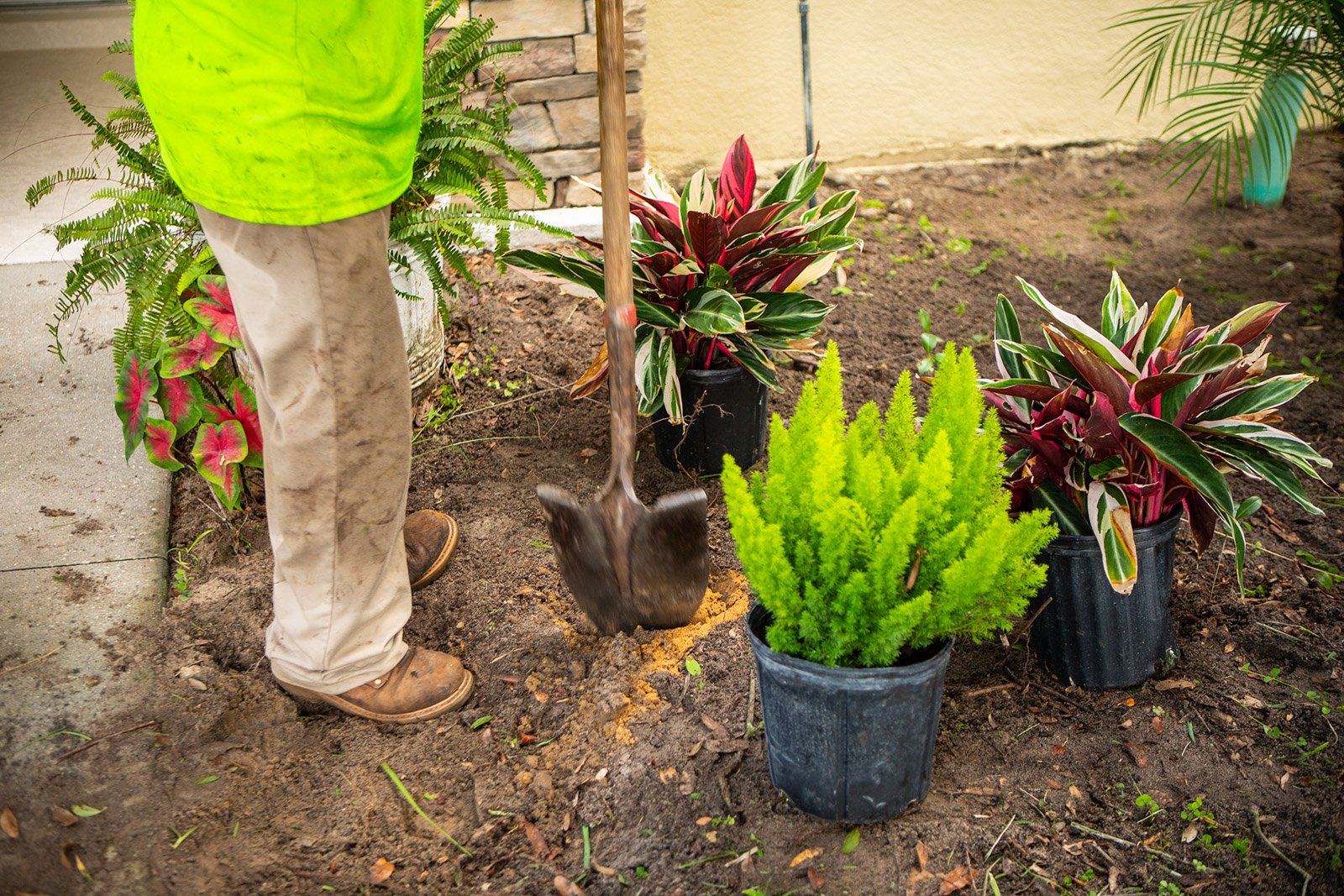If you haven’t spent much time studying the USDA plant hardiness map, nobody blames you.
But when the U.S. Department of Agriculture made significant changes to this tool that helps determine what plants can thrive and survive in what regions of the country, plant experts everywhere paid close attention. Some were even alarmed.
About half of the United States, including Central Florida, shifted into a new zone with the plant hardiness map update. Most places are warmer than they used to be.
What does that mean? Does it affect what you can plant in your Florida front yard? Should you care?
Let’s take a look — and check in with Ground Source landscape designer and plant pro Eric Frisch to get his take on the plant growing zones update.
First, What is the USDA Plant Hardiness Zone Map?
The USDA Plant Hardiness Zone Map is the tool gardeners, plant growers and landscapers use to determine which plants are most likely to thrive at a certain location in the country. The map divides the country into zones defined by their average coldest winter temperatures.
The zones are divided in 10-degree increments and further subdivided into “a” and “b” sections, each representing a 5-degree Fahrenheit difference.

The coolest zone is 2b, in Minnesota and the warmest is in Puerto Rico, at 13b, with the rest of the country falling somewhere in between.
This plant growing zones map guides gardeners and landscapers in selecting plants that are most likely to survive the winter in their region. When you buy a plant at the garden center, its tag will tell you the hardiness zone information, so you know if it will survive in your yard.
The plant growing zones map has been around since 1960 and it hasn’t changed very much during that time.
But in November 2023, big news: the USDA updated its plant hardiness zone map for the first time since 2012. And lots of places are warmer than they used to be.
When compared to the 2012 map, the 2023 version shifted about half of the country to the next warmer half-zone, including Central Florida.
New temperature research shows that more of Central Florida now may not get as cold as in previous decades.
Orlando and most of Orange County moved from hardiness zone 9b to 10a — about a quarter zone warmer than before.
The 10a zone ranges from 30°F to 35°F for its low temperature.
You can search the 2023 USDA Plant Hardiness Zone Map by zip code to see if your area has changed since 2012.
Does the Shift Make a Difference Here?
Not to Ground Source landscape designer Eric Frisch.
While the shift to a slightly warmer zone sounds like good news for tropical plant lovers, Frisch isn’t convinced the plant hardiness map update will make a difference in what plants survive Central Florida winters. For him, it’s business as usual.

“We were in the 20's one night last year,” Frisch says. “We're still zone 9b whether they want to draw the map that way or not.”
Zone 10 plants will still need protection from freezes, he says: “We get multiple days each year below 35 degrees.”
Orlando climate zones are tricky, Frisch says.
People who live in northern communities like Lake Mary or Sanford have different growing conditions than if they live south in Kissimmee or St. Cloud, he says.
“I treat the numbers the same and won't change my opinion on what plants I suggest to people,” Frisch says.
“I tell people that certain plants will get frost damage and it's up to them if they want to risk it, and still use crotons, bromeliads, and Christmas palms, just to name a few.”
What Else Do the Map Changes Mean?
The changes in temperature affect more than the plants that can grow in a zone.
Many experts are concerned about other implications, too.
A warmer climate means new pests and diseases might move into an area as temperatures warm.
Warming temperatures can change the flowering frequency of plants, which could impact pollination and long-term survival of a species.
Many pollinators are on a migratory schedule, so if a flowering plant flowers too early or too late, a plant could miss its chance at being pollinated.
A longer growing season means some invasive species that used to be killed by frosts and cold weather could flourish.
Want to Stay in the Safe Orlando Climate Zone? Trust Ground Source
When it comes to planting and landscape design in Central Florida, Frisch plays it safe. Follow his advice, and your plants should stay safe even through occasional freezing snaps.
There are so many safe plants to choose from, you’ll still have a tough time choosing.
We’re landscape experts, and we’ll be with you every step of the way as you plan your perfect outdoor space.
Sod, irrigation, landscape design: let us transform your yard from an embarrassing eyesore to a place you spend every spare minute.
Are you ready to enjoy the vibrant, impressive yard you've always wanted? Request a quote today! We’ll help you review your options and then transform your property.







